Manhattan’s office towers are a tale of the haves and the have-nots

October 9, 2021
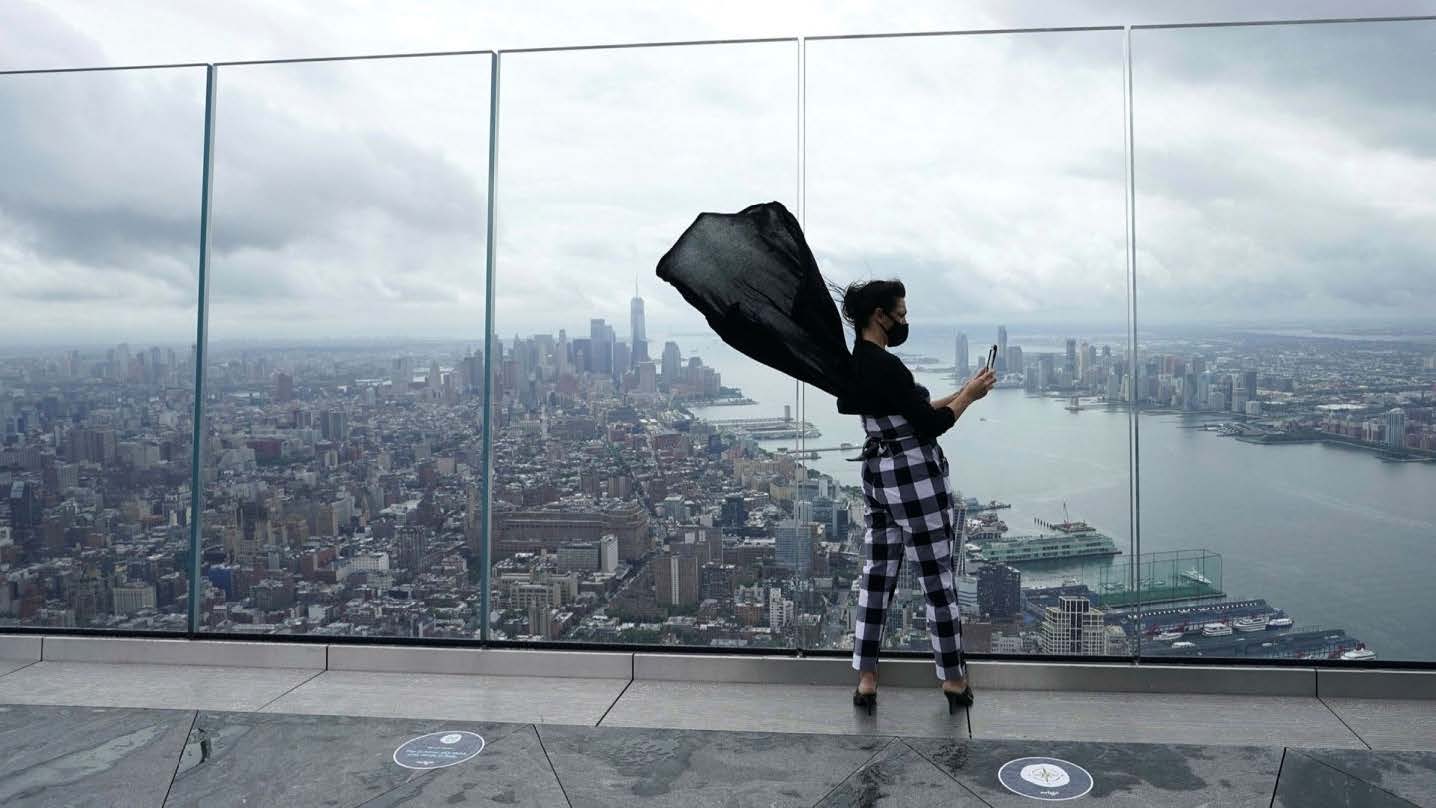
Post-pandemic shake-up in New York’s buildings could change the nature of the city
Joshua Chaffin in New York
When the mayor and other dignitaries gathered a year ago to cut the ribbon on
One Vanderbilt, one of Manhattan’s newest and most advanced office towers, the
festivities were marred by a pandemic that has raised existential questions about
the future of such buildings.
Yet One Vanderbilt is now more than 90 per cent leased. Its newest tenant is
UiPath, a robotics software company that last month signed a 15-year lease to
take the entire 60th floor.
“I wish I had 20 more floors because if I did we could lease them,” Marc Holliday,
chief executive of SL Green, One Vanderbilt’s developer and New York’s largest
office landlord, crowed.
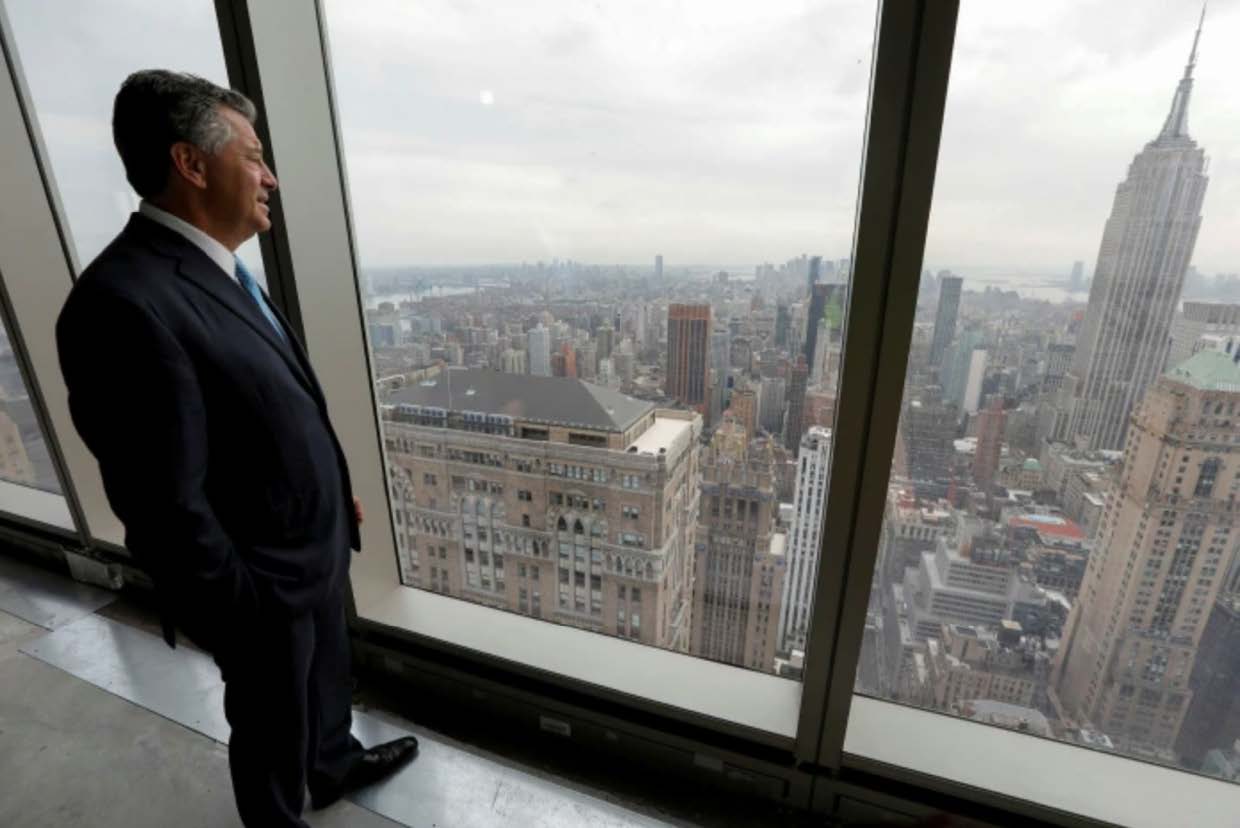
A few blocks away, another Manhattan office building was suffering a different
fate. 850 Third Avenue, a glass-and-steel edifice that opened its doors in 1960,
was almost half vacant and its owner, the Chetrit Group, was struggling to avoid
foreclosure after falling behind on its mortgage.
The diverging fortunes of those towers says much about the world’s largest office
market after 18 months of pandemic: the most sought-after buildings — whether
they are brand new, like One Vanderbilt, or newly renovated, like Google’s
$2.1bn St John’s Terminal — are still attracting tenants and fetching top rents
while the city’s large stock of dated towers is suffering.
“We now have a bifurcated market in office leasing, where the marquee buildings
are escaping the pandemic relatively unscathed for the time being, with the
lower and middle classes bearing the brunt of the losses,” said Ruth Colp-Haber,
the chief executive of Wharton Properties, which advises tenants.
That dynamic is reflected in data collected by CBRE, the commercial real estate
firm, which divides the 844 Manhattan office buildings it tracks into two
categories: “better” and “commoditised”. It found the former enjoyed higher
rents and lower vacancies and saw less space being dumped on to the sublease
market over the past two years.
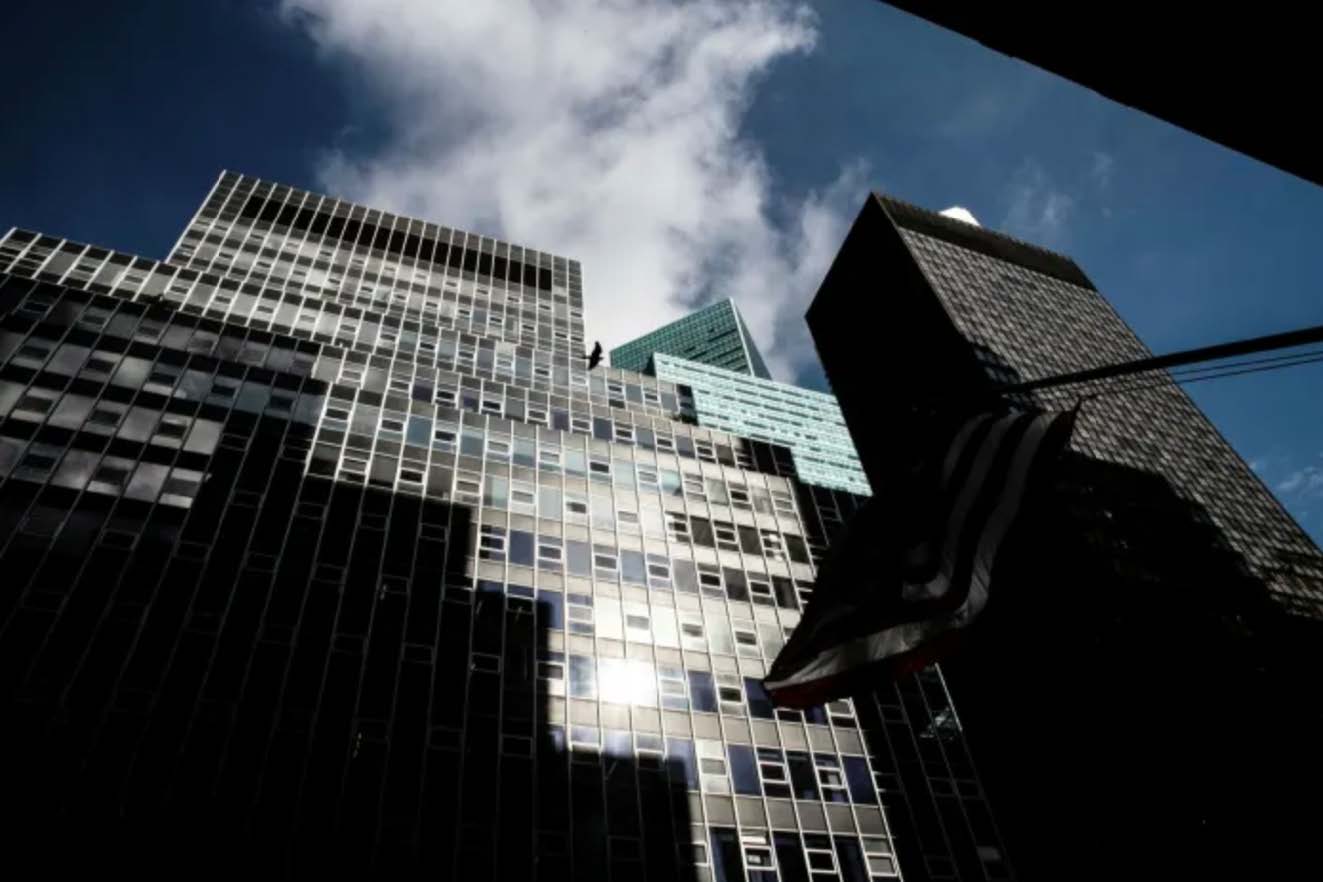
“We’ve seen proof in the leasing in the last six months that if it’s brand new and
it’s well located, it’s been very successful. Many of them are at or above prepandemic
levels,” said Paul Amrich, CBRE’s vice-chair. Meanwhile, other
buildings — burdened by poor location, low ceilings, small windows or other
flaws — “could become obsolete”, Amrich warned.
Or, as Craig Deitelzweig, chief executive of Marx Realty, put it: “If you’re a
commodity building, you’re dead . . . Everybody wants a Google office.”
As the pandemic drags on and companies struggle to bring employees back to
their desks, that conviction is leading many real estate executives to anticipate a
generational shake-up in New York’s office buildings that could change the city
itself.
They believe owners will soon have to decide whether they are prepared to
invest hundreds of millions of dollars, as Marx and others have done, to
“reposition” older buildings with the features that were popularised by west
coast technology companies and which have now become de rigueur.
Some may forgo that and decide they can make do with lower rents. Others may
be forced to sell — particularly those owners who are highly levered.
“We’re going to see a lot of new buildings over the next 10 years,” Michael Cohen,
president of the New York region at Colliers, a commercial real estate firm,
predicted, noting that many landlords in Midtown have inserted “demolition
provisions” into leases to make it easier to tear down buildings, if they opt to do
so. “Capital is circling the city, looking for opportunities,” he said.
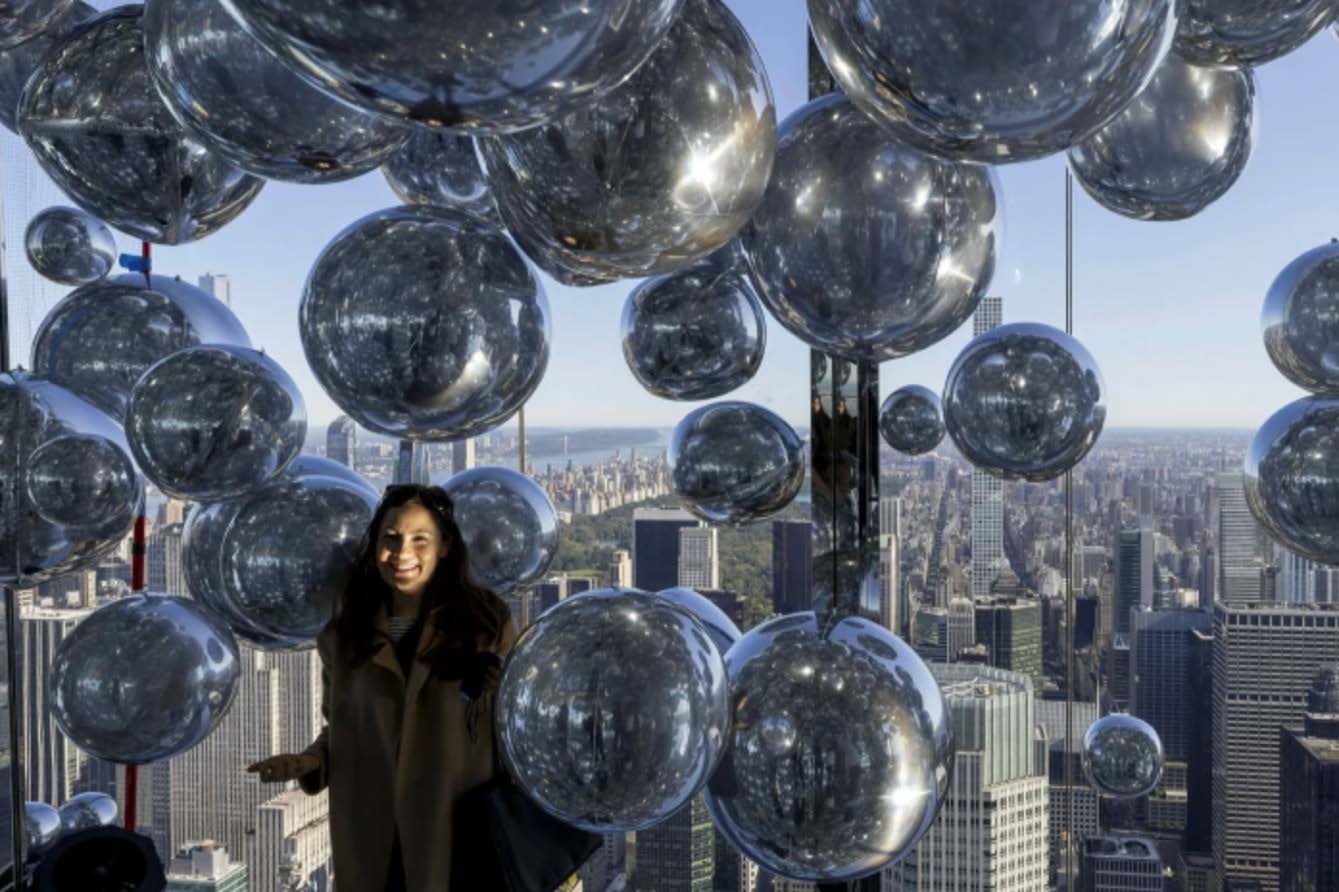
The move to update New York’s office stock was afoot well before coronavirus. It
was encouraged by the notion that office decisions once determined by
proximity to the chief executive’s residence should instead be governed by the
need to attract talented young workers, who could just as easily join an
investment bank or a tech firm.
The pandemic is accelerating that shift. The economic crisis has wiped out some
tenants in lesser buildings or prompted them to downsize. Meanwhile, others are
taking advantage of a rare opportunity to jump to towers with more cache on
favourable terms, further hollowing the weaker buildings.
Then there are the amenities. Covid-19 is making “wellness” items like purified
air and access to gardens essential — not optional. It has also brought forward
the once-distant threat of remote working. In order to lure workers back to the
office, many companies are embracing the idea that they must make their space
more appealing than a home office or a Starbucks.
“There’s an expectation today that top buildings will have conferencing facilities,
cafés, town halls, specific wellness function rooms, gyms, studios, travel showers
and bike rooms — the list goes on and on,” Holliday said. He might have also
added music studios, where employees can play their instruments to
decompress.
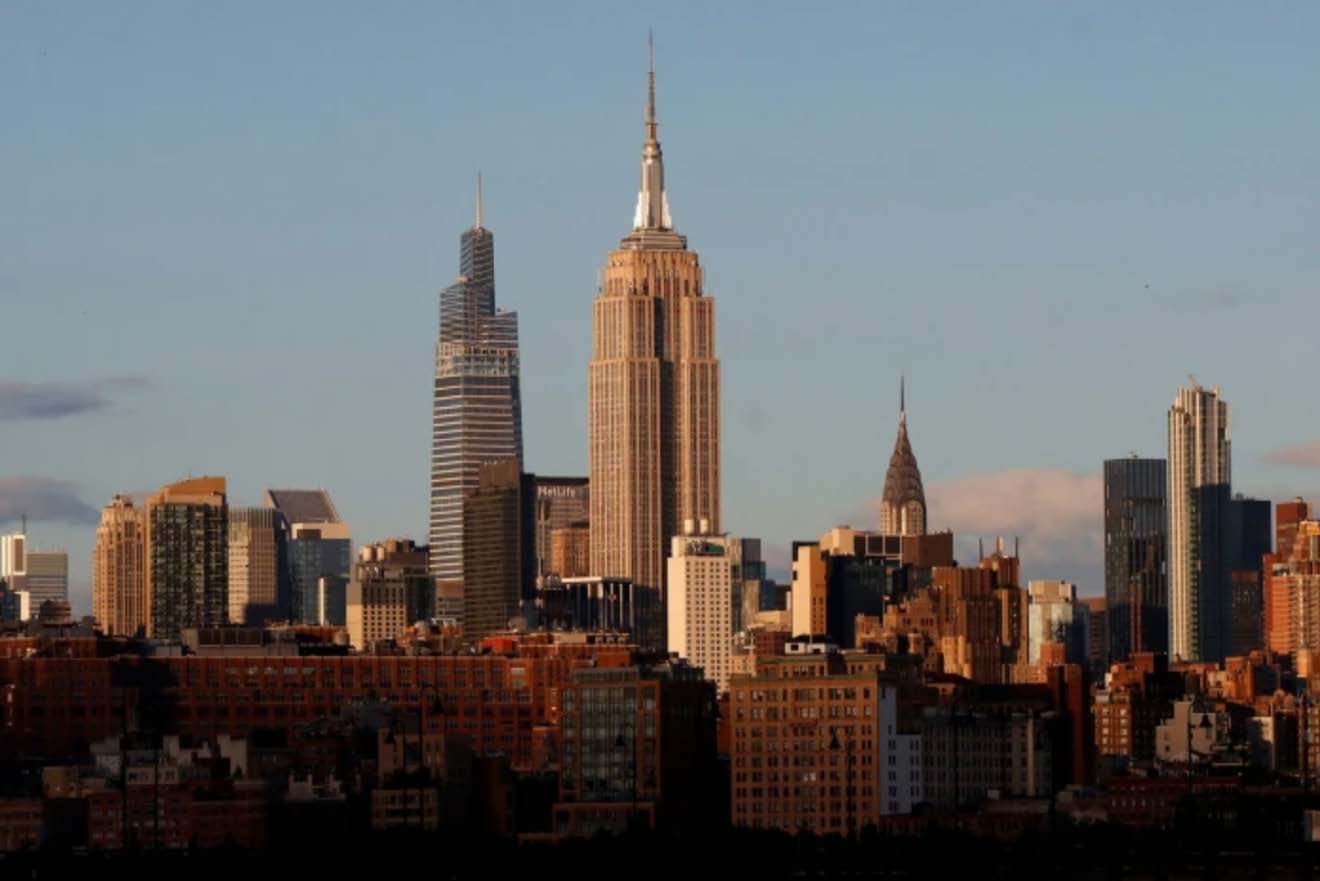
The $3.3bn One Vanderbilt is crammed with such offerings. The 1,400-foot
tower, which soars over Grand Central Station, offers commuters direct access to
the subway without having to leave the building. Among its dining options is a
new 11,000 square-foot restaurant by chef Daniel Boulud.
Not everyone is gearing up to compete with One Vanderbilt. Jeffrey Gural, a
second generation New York developer who has seen booms and busts, is
sceptical of the amenities arms race. “The Googles of the world are on a different
planet,” he said, adding, “not everyone can pay $100 a square foot”.
Even with Covid-19 and remote work, Gural believes there will be a market of
smaller tenants and is hopeful that his prewar buildings, erected in the 1920s
and 1930s, will be insulated by their historic character. But, he conceded: “Maybe
the older glass buildings that were built in the ’60s and ’70s will suffer.”
That generation of office towers flourished in Midtown as financial firms fled
downtown after the second world war. Many were showing their age before the
pandemic arrived.
Asking rents for offices in Midtown have fallen for five consecutive quarters,
according to Colliers. They are down 8.2 per cent since March 2020, when the
pandemic forced New York City into lockdown. In addition, landlords are having
to dole out added sweeteners, such as unusually generous tenant improvement
allowances.
Dan Shannon, a partner at MdeAS, an architecture firm that specialises in
repositionings, says his phone is ringing with inquiries about fading towers along
Third Avenue, like the Chetrit building, which lack the prestige of their more
central competitors on Park Avenue and Madison Avenue. Repositioning is faster
than new construction, he argued, and less constrained by onerous zoning laws.
Done well, it holds the promise of blending the best of old and new.
“They have to be more attractive, definitely,” Shannon said of the buildings.
“They need to get in front of it.”
While some of those Third Avenue towers will be revived, or put to other uses,
the Darwinian churn of Manhattan real estate suggests that not all will survive.
“In any cycle like this, you’re going to see pressure on the bottom 10, 15, 20 per
cent of the inventory that’s going to shake out,” Holliday said. “There are
buildings that are going to be demolished and make way for new construction.”